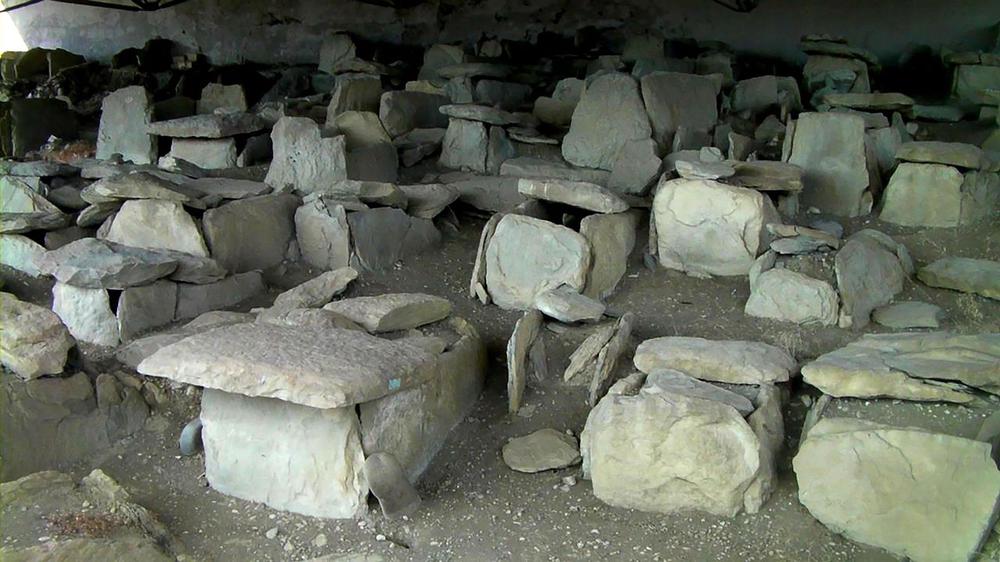The Shio-Mgvime Monastery, shrouded in the age-old history of Georgia, is named after the monk Shio, one of the Thirteen Syrian Fathers. In the 6th century, Shio found solace in an isolated cave near a church in Mtskheta, marking the inception of the monastery. Mgvime, meaning grotto or cave in Georgian, offers a clue to the origins of the monastery's name and its hermit founder. Today, pilgrims and tourists alike can pay their respects at the visible grave of Shio, witnessing history embedded within the monastery's ancient walls.
Situated along the Mtkvari river's left bank, the Shio-Mgvime Monastery enjoys a serene location amidst lush forested surroundings. Accessible from the main square of Mtskheta town, the journey leads through a narrow limestone canyon. From the heart of Tbilisi, Georgia's capital, it is just 35 kilometers (approximately 22 miles) away, a testament to the country's deep-rooted and accessible religious history.
The monastery complex's architectural grandeur spans various periods, each reflecting a unique era in Georgia's past. The St. John the Baptist Monastery, dating back to the 560-580 period, is the oldest structure. With its octagonal dome and simple cruciform design, it serves as a poignant symbol of the past. The Upper Church Theotokos, built in the 12th century and later restored in 1678, displays an intriguing transition from a domed church to a basilica following an invasion. This alteration epitomizes the monastery's resilience in the face of historical challenges.
Other fascinating structures within the complex include the Cave of St. Shio, the Refectory, and a 12th-century chapel. This chapel, graced with medieval murals, is nestled on a nearby hill, standing as a picturesque reminder of the monastery's historical and cultural significance.
One fascinating find from the monastery's past was revealed in 1937 when an archaeological expedition unearthed a 2 km (approximately 1.2 miles) long aqueduct. Chronicled in 1202, it was commissioned by Bishop Anton of Chkondidi, minister to Queen Thamar, and carried water to the monastic communities from Skhaltba village nearby.
Despite facing invasions and devastation, including the brutal attack by Shah Abbas I of Safavid's Persian troops in the 17th century, Shio-Mgvime has remained a persistent testament to Georgia's rich religious history. Its ongoing restoration and preservation efforts ensure the monastery continues to attract pilgrims and tourists, drawn to its enduring spirit and captivating beauty. Today, the Shio-Mgvime Monastery remains a treasured cornerstone of Georgian spiritual life and cultural heritage.














